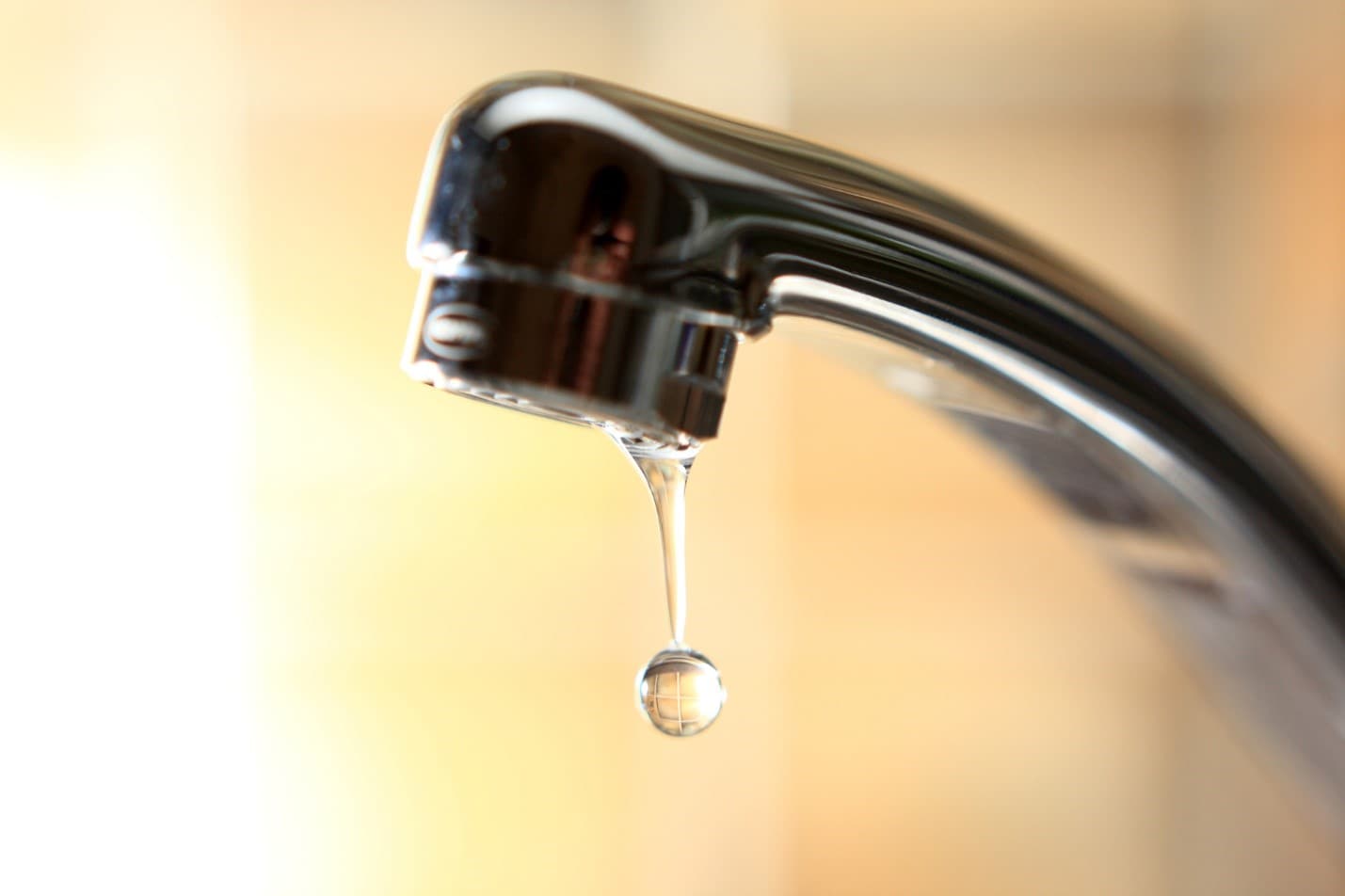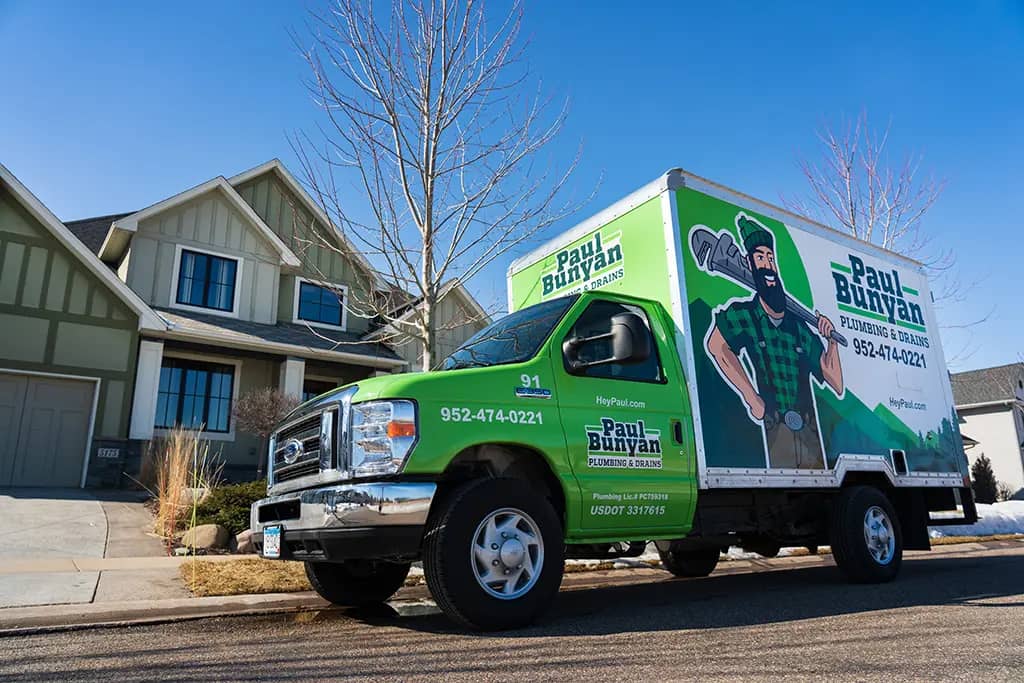What To Do When Your Pipes Freeze
I’ve been around long enough to tell you that frozen pipes can happen in houses both old and new. Minnesota’s had a winter that was so cold it turned Babe’s fur blue. Now, it might not get that cold these days, but it still gets chilly enough to freeze your plumbing. If that happens, it’s best to be prepared for it, and learn how to prevent it from happening again.
How Do I Thaw Exposed Frozen Pipes?
During the winter, if you turn on a faucet in your home and find that the pressure is weak or has stopped entirely, your pipes are probably frozen.
Before thawing them, try to locate the frozen pipe and turn on the hot and cold faucets attached to them. It’ll relieve the pressure in the system and give the water someplace to go when the ice melts.
When exposed pipes freeze, use a hairdryer or heat lamp to thaw them. First, focus on the area closest to the faucet. Then move down the rest of the body. 
If you invest in electrical heating tape, it’ll distribute heat along the plumbing and thaw them. When it’s done, the tape will shut itself off automatically.
If you prefer to keep any electric appliances away from your plumbing, wet some towels in hot water and wrap them around the affected pipes.
Don’t attempt to heat your pipes with anything that uses an open flame. Fire’s for cooking flapjacks—not your plumbing.
How Do I Thaw Enclosed Frozen Pipes?
Enclosed pipes are harder to get to because they’re situated behind a wall, but they can still be thawed. One of the most common methods is simply turning the thermostat up.
If you know where the frozen pipes are located, you can use an infrared lamp, which will penetrate the wall and warm the pipes.
How Can I Prevent My Pipes From Freezing?
You can’t stop the winter but you can keep your pipes from freezing. If your home’s going to be empty during the winter, set the thermostat between 50°F and 60°F. This will keep your pipes warm without raising your energy bills. If you’re staying home, maintain a standard temperature both day and night.
If you have a garden hose, drain the water. Close the inside valve that supplies the hose water but leave the outdoor valve open. The water will drain and keep the pipe from bursting.
On particularly cold days, let water drip slightly from faucets with exposed pipes. For sinks on an outside wall, keep the cupboard doors open on particularly cold nights. Running water helps prevent pipes from freezing. You can also add insulation to your pipes or your walls to keep the temperature up.
Whether your pipes are frozen or they’ve burst, my team will be there to help. To make an appointment with my plumbing technicians, we’re always available at 612-340-1444.


